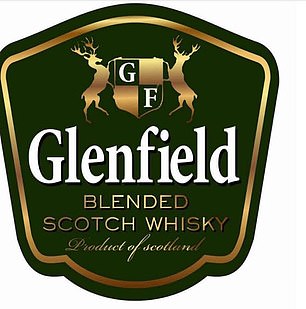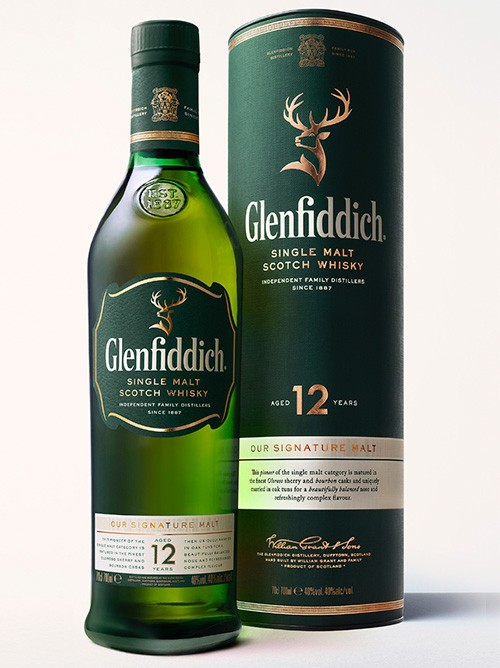Glenfiddich makers lose trade mark dispute over Indian-made Glenfield blend

Image: UK IPO
William Grant & Sons, the owners of Glenfiddich, the world’s biggest-selling single malt whisky, has lost a legal battle with an Indian company they accused of copying their product.
The whisky producer, which was founded 132 years ago and now has its headquarters at Strathclyde Business Park in North Lanarkshire, objected when Vivek Anasane, 41, an Indian businessman, revealed plans to expand his Mumbai-based drinks company into the UK with the launch of a Scotch called Glenfield.
Mr Anasane applied to register the name of the blended whisky as a trade mark.
But lawyers acting for the Glenfiddich brand said that the application overlapped with their registered trade mark and people could confuse the two products.
Glenfield uses the same green and gold colours on its label and also features a stag.
However, the UK Intellectual Property Office (IPO) has found in Glenfield’s favour and said that consumers were unlikely to confuse the two whiskies.

Image: Glenfiddich.com
In a written ruling, trade mark hearing officer Mark Bryant said: “Conceptually, other than the common occurrence of GLEN, meaning ‘a narrow valley, especially in Scotland or Ireland’, the respective marks have no conceptual similarity.
“The common occurrence of the GLEN element is likely to be readily understood by the average consumer as an allusion to Scotland.
“This is likely to be the overriding perception of the consumer and I am of the view that the applicant’s mark will not even bring the opponent’s mark to mind let alone confuse the consumer into believing that the goods sold under the respective marks originate from the same or linked undertaking.
“Next I turn to consider the question of misrepresentation of the opponent’s label mark.
“The presence of a device of a single stag exhibits differences to the applicant’s heraldic device featuring two stags rampant that are unlikely to go unnoticed.
“In respect of the colour combinations, these provide some similarity and may serve to fleetingly bring the other mark to mind, but the significant differences, particularly in the dominant elements Glenfiddich and Glenfield are such that I find the differences outweigh the similarities and the applicant’s mark will do no more than bring the opponent’s mark fleetingly to mind.”









